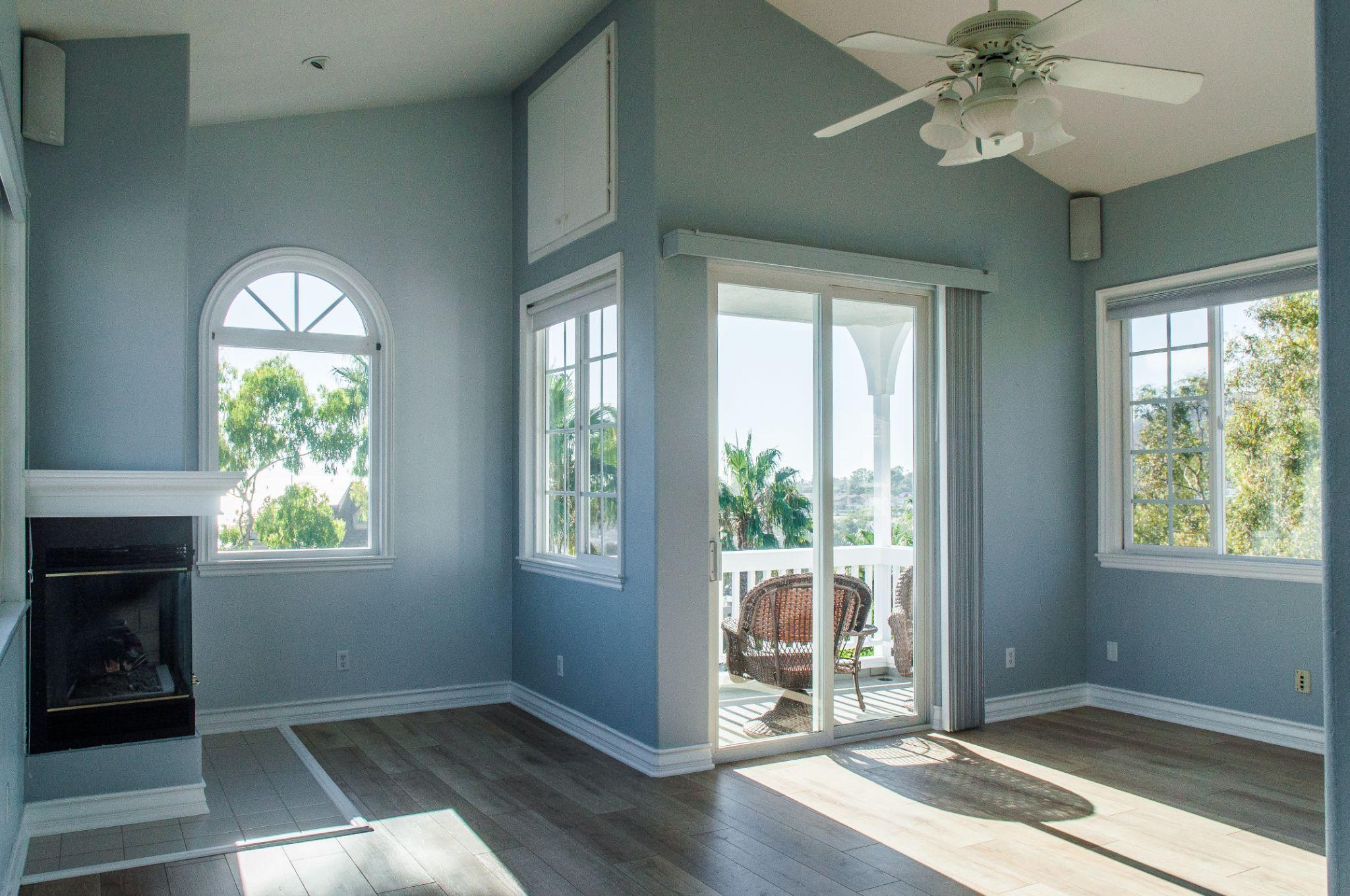When it comes to building or renovating a house, choosing the right door and window frames is essential. Not only do they provide structural support, but they also play a significant role in the property’s overall aesthetic appeal. There are various types of materials used for door and window frames, each with its unique properties and advantages. From classic wood to modern aluminum and everything in between, we’ll help you make an informed decision that suits your style, budget, and practical needs. Find out here and explore the different materials commonly used for door and window frames.
1. Aluminum
Aluminum is a lightweight and durable material resistant to rust and corrosion. It is an excellent choice for areas with high humidity or near the coast. Aluminum frames are low maintenance and require no painting or staining. They are also energy-efficient and can help reduce heating and cooling costs. However, aluminum frames can be more expensive than other materials and may not be as aesthetically pleasing as wood or vinyl.
2. Wood
Wood has always been a popular choice for door and window frames. It is a natural and renewable resource that is aesthetically pleasing and provides excellent insulation. Wood frames can be painted or stained to match the interior or exterior of the house, making them highly customizable. However, wood frames require regular maintenance to prevent rotting and warping. They are also susceptible to termite infestation and may not be the most durable option. For those who prioritize sustainability, there are also options for using sustainably ACRE or sourced wood.
ACRE: ACRE is as beautiful as natural wood, sustainable, more durable, and longer lasting, and it provides more resistance to theelements. It is manufactured without harming a single tree, upcycled from locally sourced rice hulls, and manufactured in a zero-waste environment. It is also 100% recyclable. Visit here to buy ACRE, which helps in making flooring, fencing, furniture, doors-windows, ceilings, and wall panels.
Sourced wood is often more durable than other types of wood, making it an excellent choice for furniture that will last for many years. This is because sourced wood is typically harvested from older-growth trees, which have a denser and stronger grain than younger trees. This means that furniture made from sourced timber is less likely to warp, crack, or split over time.
3. Vinyl
Vinyl door and window frames are relatively new to the market but have gained popularity in recent years. Vinyl is a synthetic material made from PVC, which is durable, weather-resistant, and low maintenance. Vinyl frames are available in a range of colors and can be custom-made to fit any size or style of window or door. They are also energy-efficient and can help reduce heating and cooling costs. However, vinyl frames may not be as aesthetically pleasing as wood frames and can be prone to cracking or fading over time.
4. Fiberglass
Fiberglass is a relatively new material used for door and window frames but has quickly gained popularity due to its durability and energy efficiency. Fiberglass frames are made from a composite material that is resistant to rotting, warping, and insect infestation. They are highly customizable and can be painted or stained to match the interior or exterior of the house. Fiberglass frames are also energy-efficient and can help reduce heating and cooling costs. However, fiberglass frames can be more expensive than other materials and may not be as aesthetically pleasing as wood frames.
5. Steel
Steel is a strong and durable material that is commonly used for commercial or industrial buildings. Steel frames provide excellent security and can withstand extreme weather conditions. They are also low maintenance and require no painting or staining. Steel frames are highly customizable and can be made to fit any size or style of window or door. However, steel frames can be more expensive than other materials and may not be the most energy-efficient option.
Conclusion
When it comes to choosing the right material for door and window frames, there is no one-size-fits-all solution. Each material has its unique properties and advantages, and the choice ultimately comes down to personal preference and budget. By understanding the different types of materials used for door and window frames, homeowners can make an informed decision and choose the best option for their needs.








